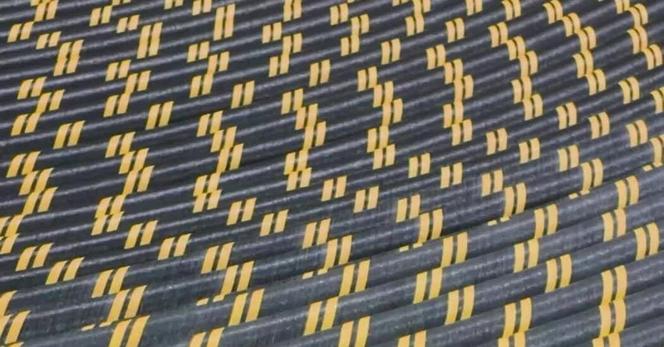#NewSpecies!
New deep sea sea snail from #SolomonIslands just crawled by:
Leucosyrinx farhatorum
Treatment: https://treatment.plazi.org/id/03FCE539-FFBE-3D76-9061-F9B3301D9936
Publication: https://doi.org/10.5852/ejt.2025.999.2945
#ejtaxonomy #LeucosyrinxFarhatorum
#FAIRdata
#science #OA #openaccess #biology #taxonomy #ecology #biodiversity #nature #wildlife #conservation #animals #malacology #gastropods #snails #seasnails #deepsea



